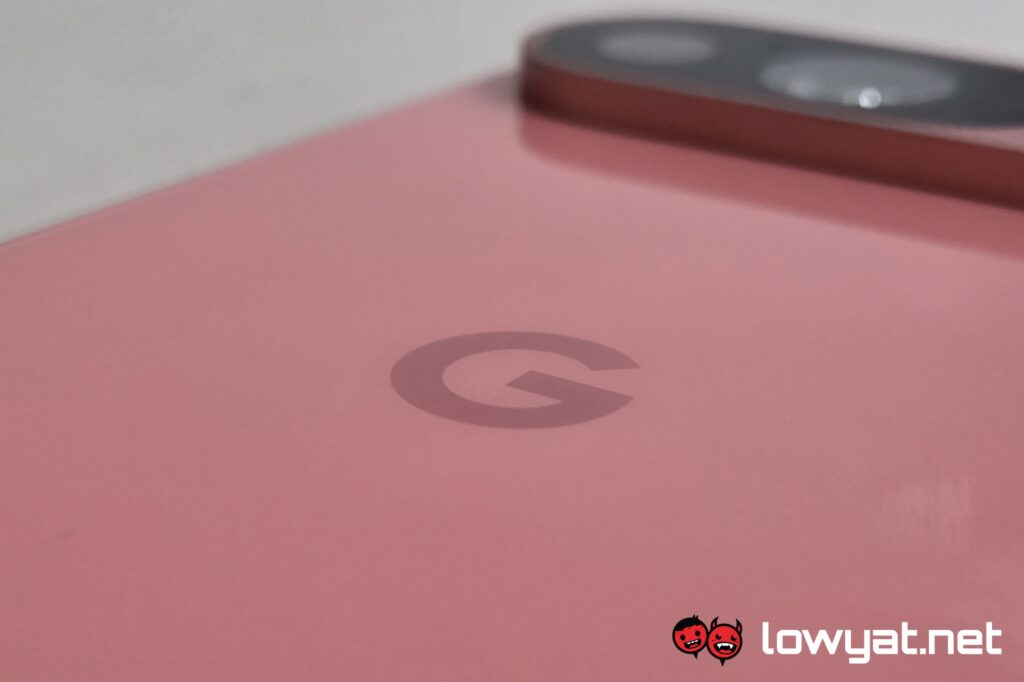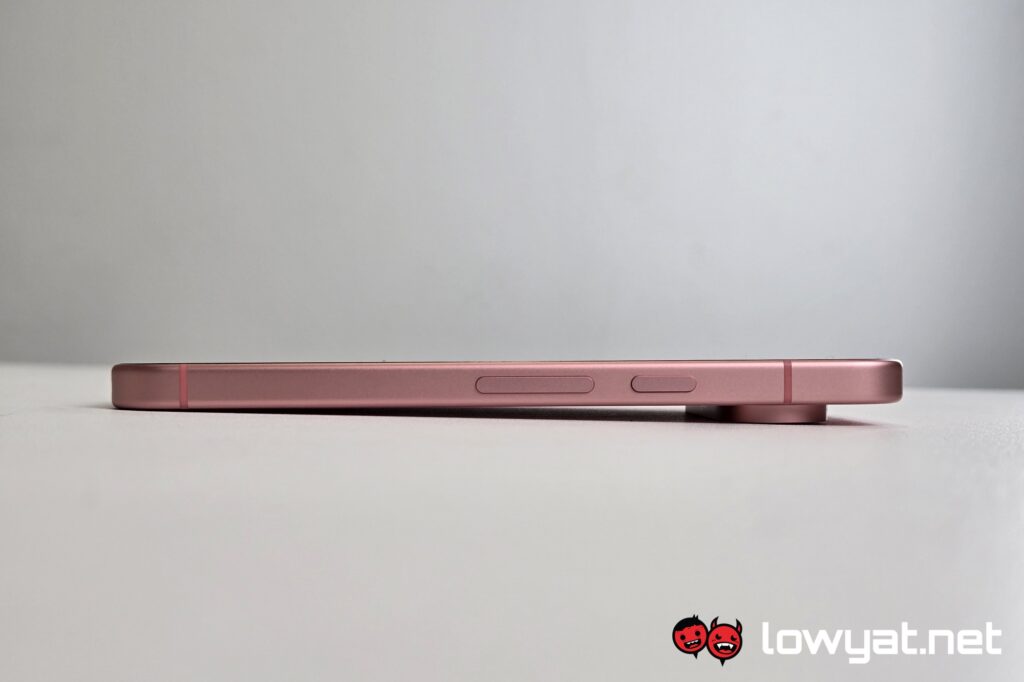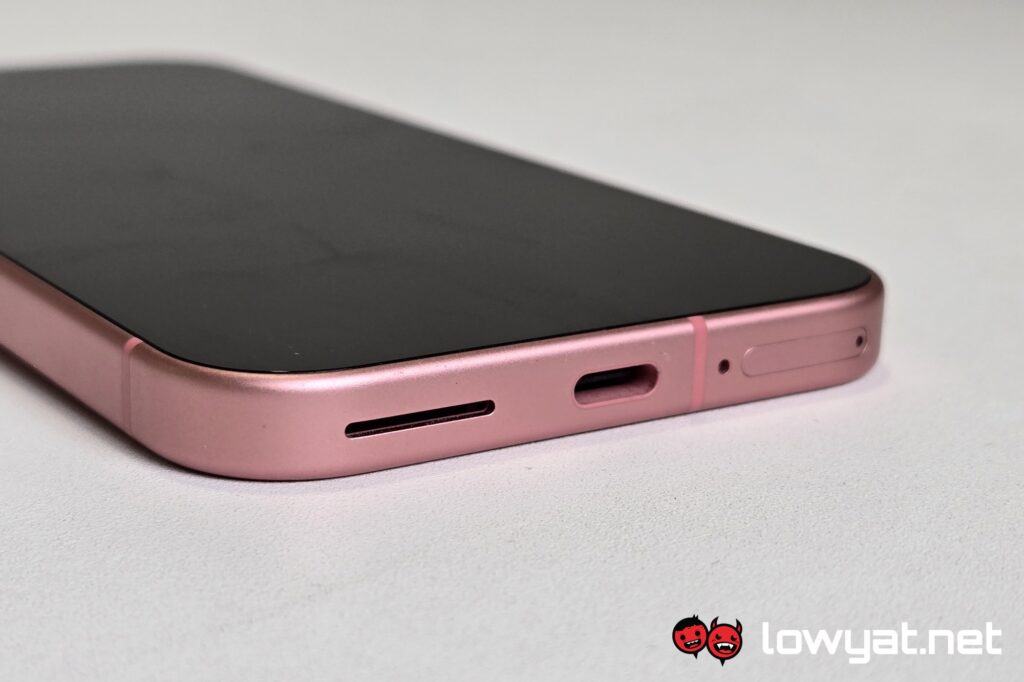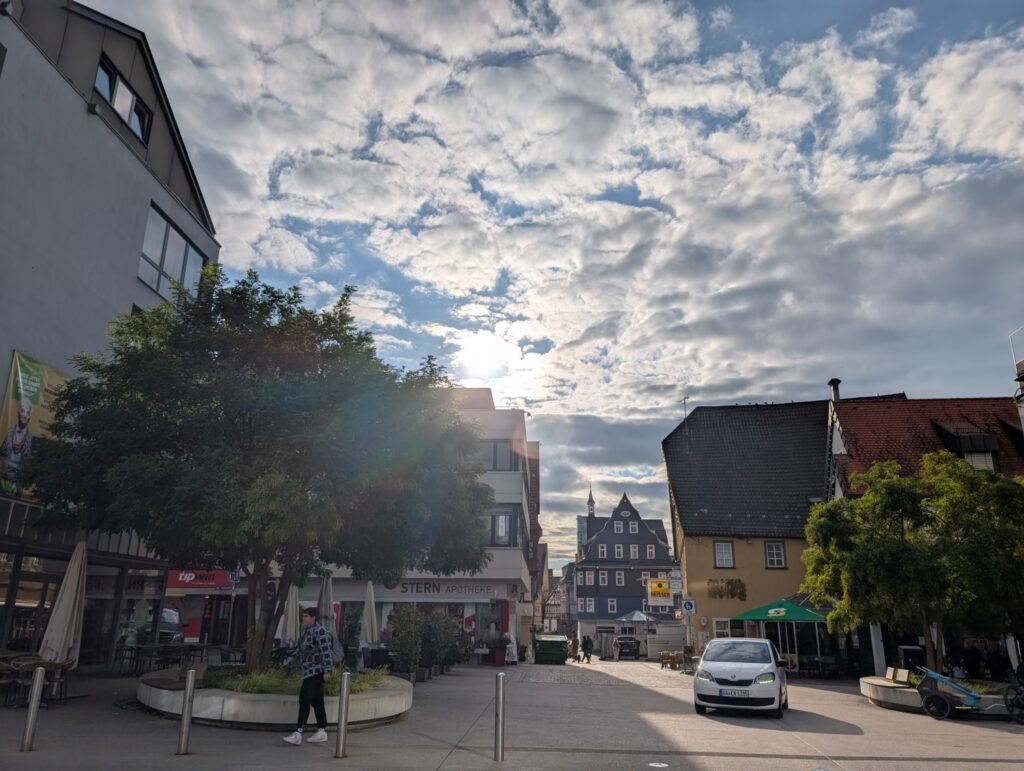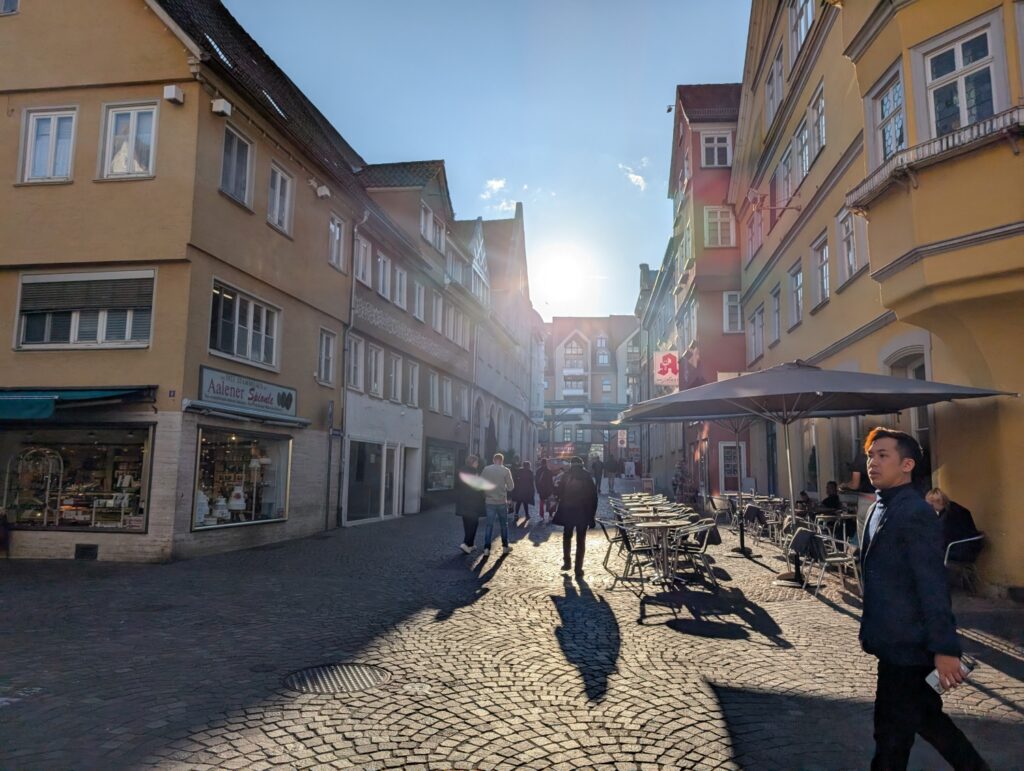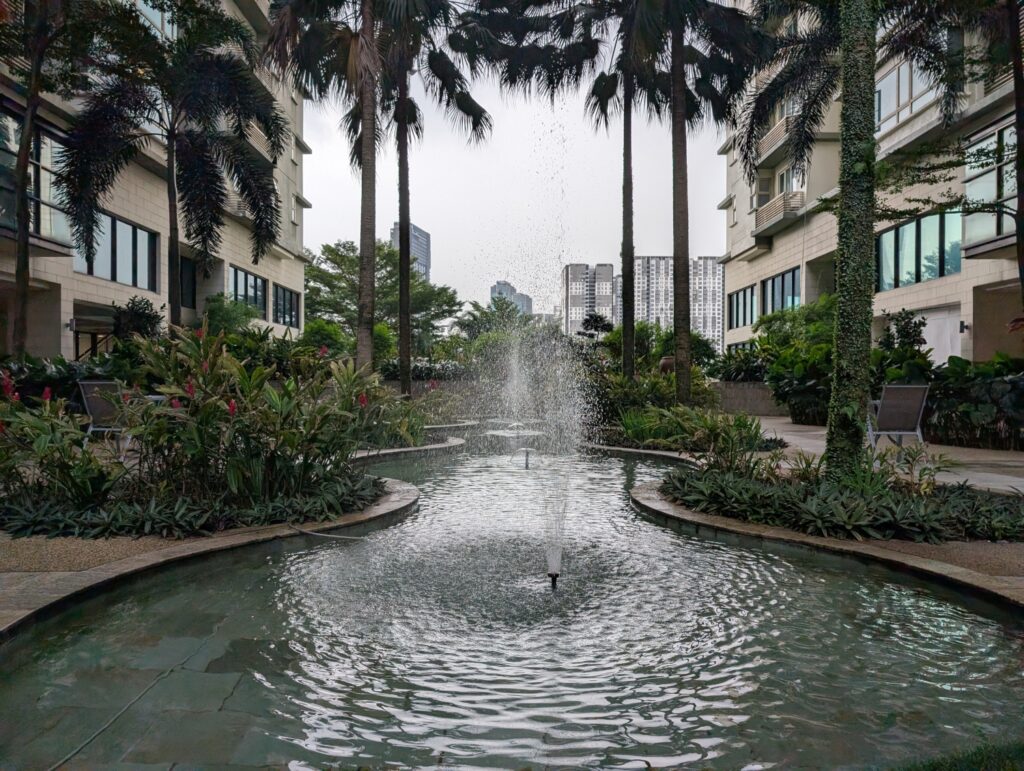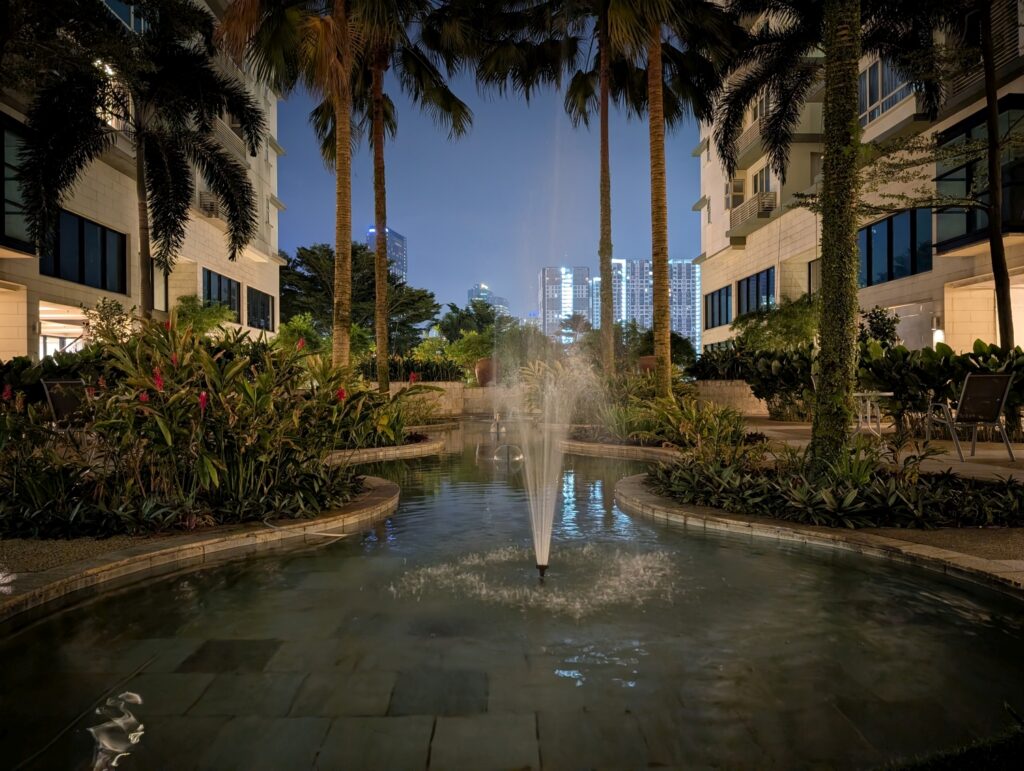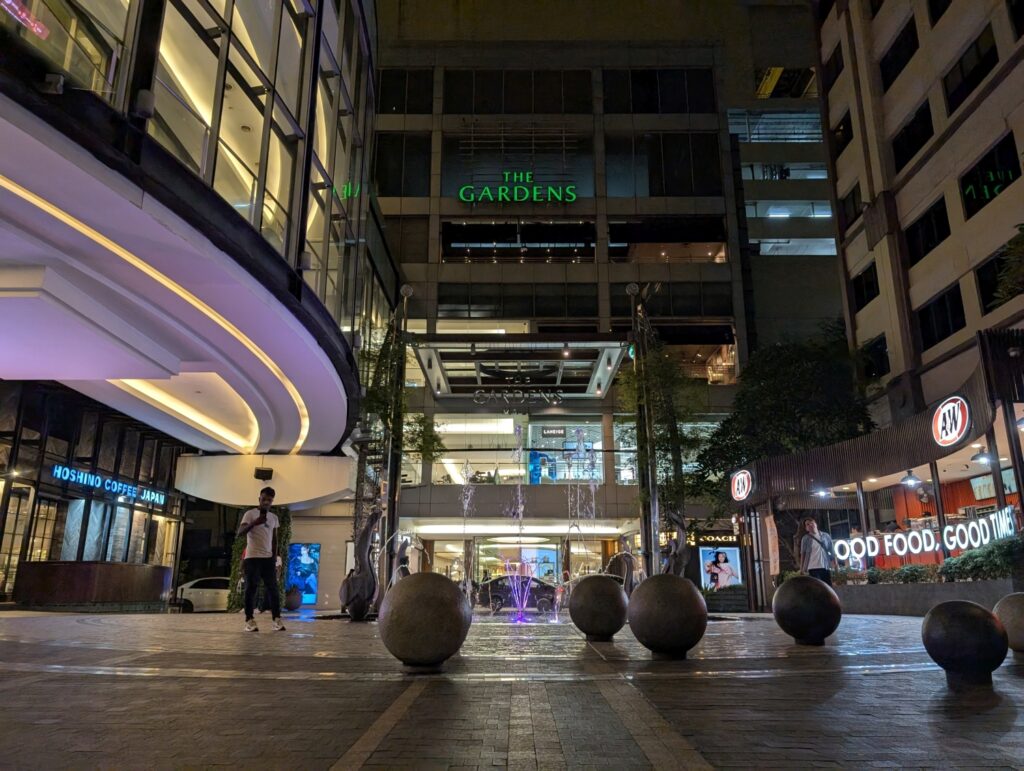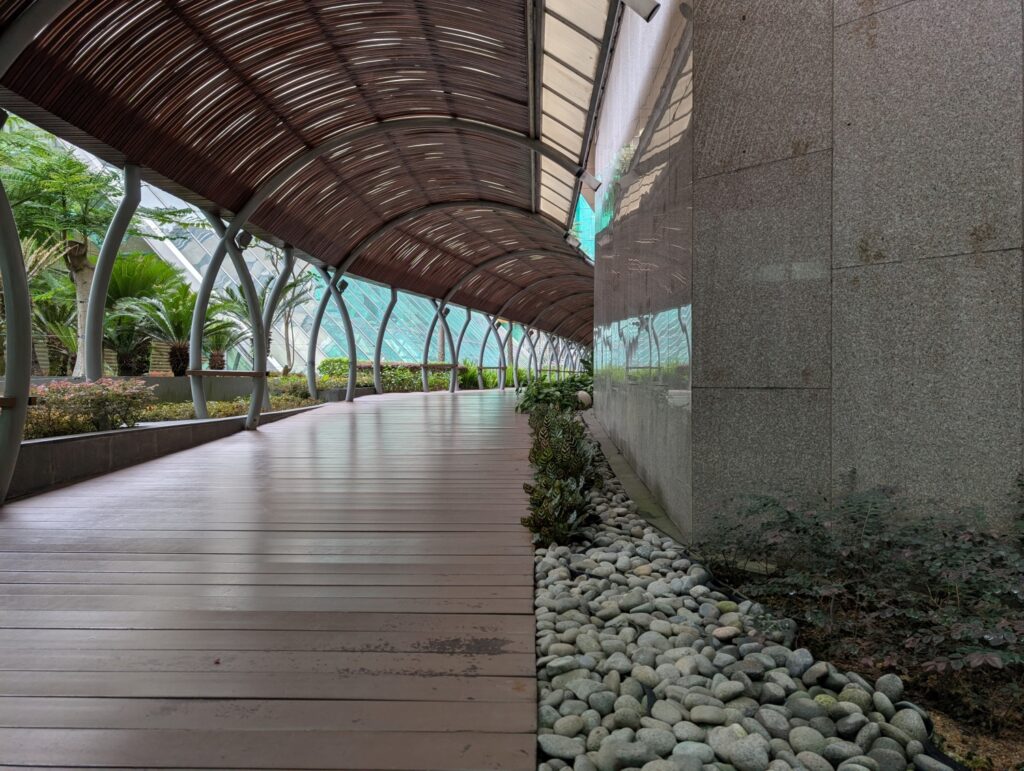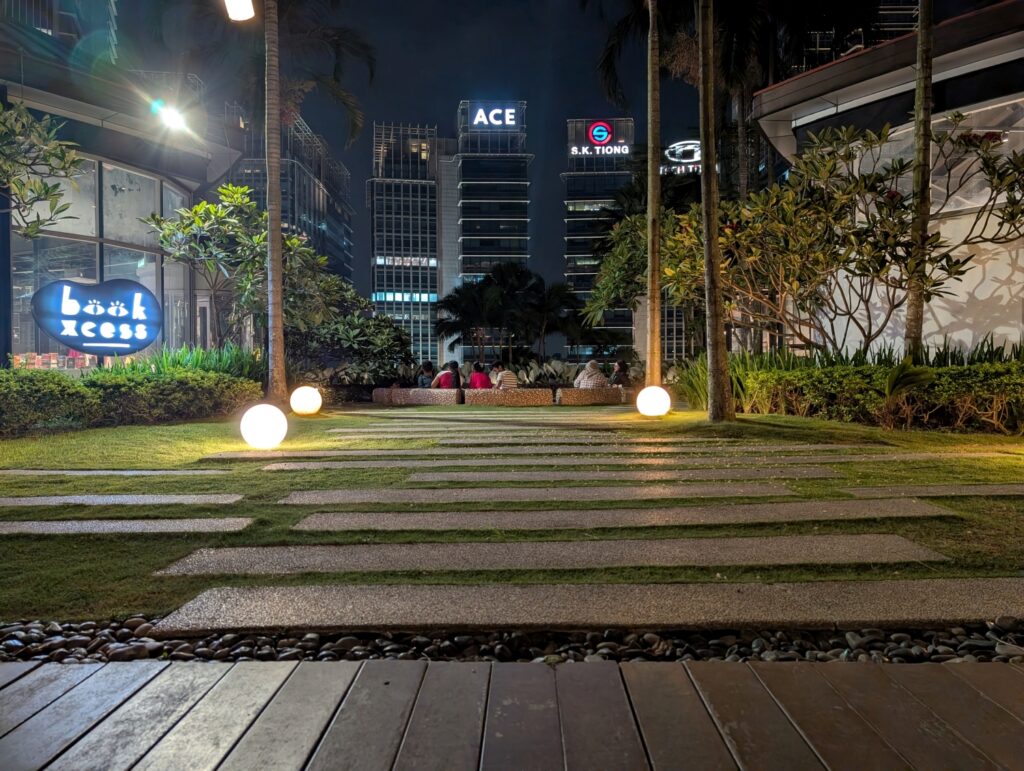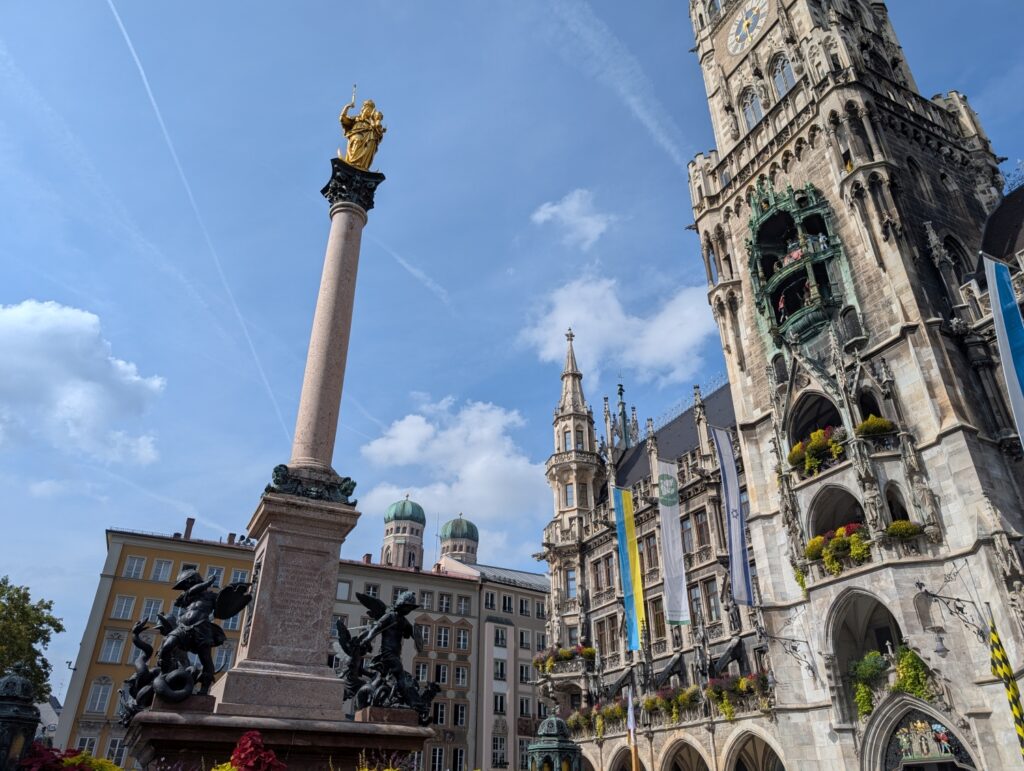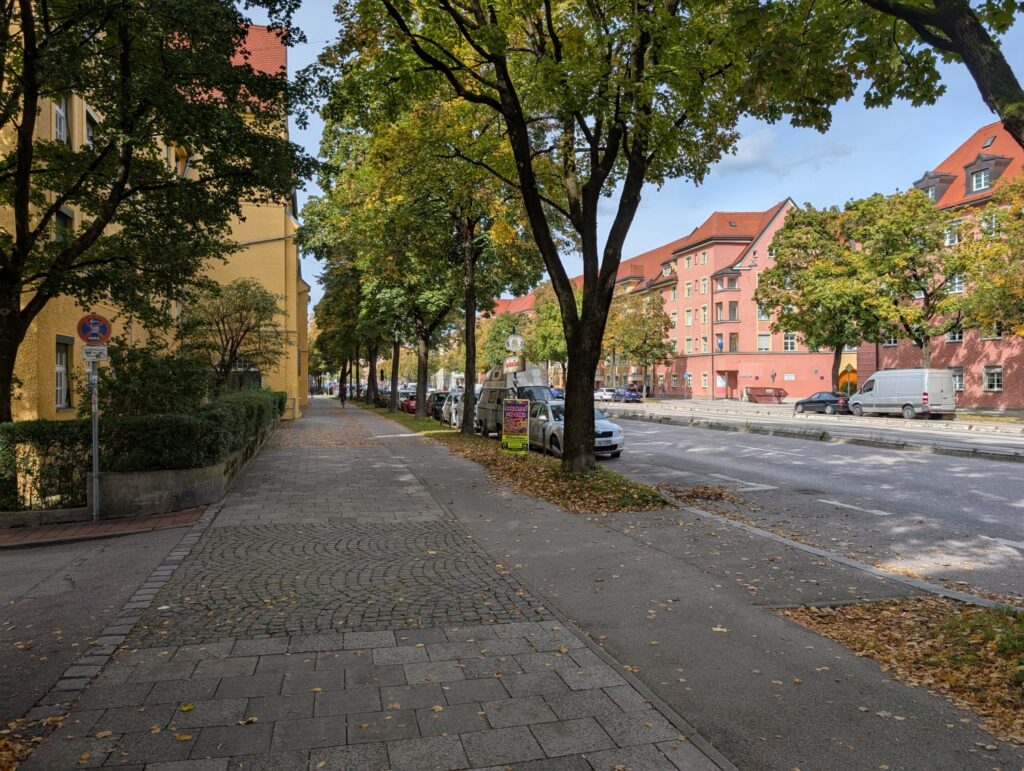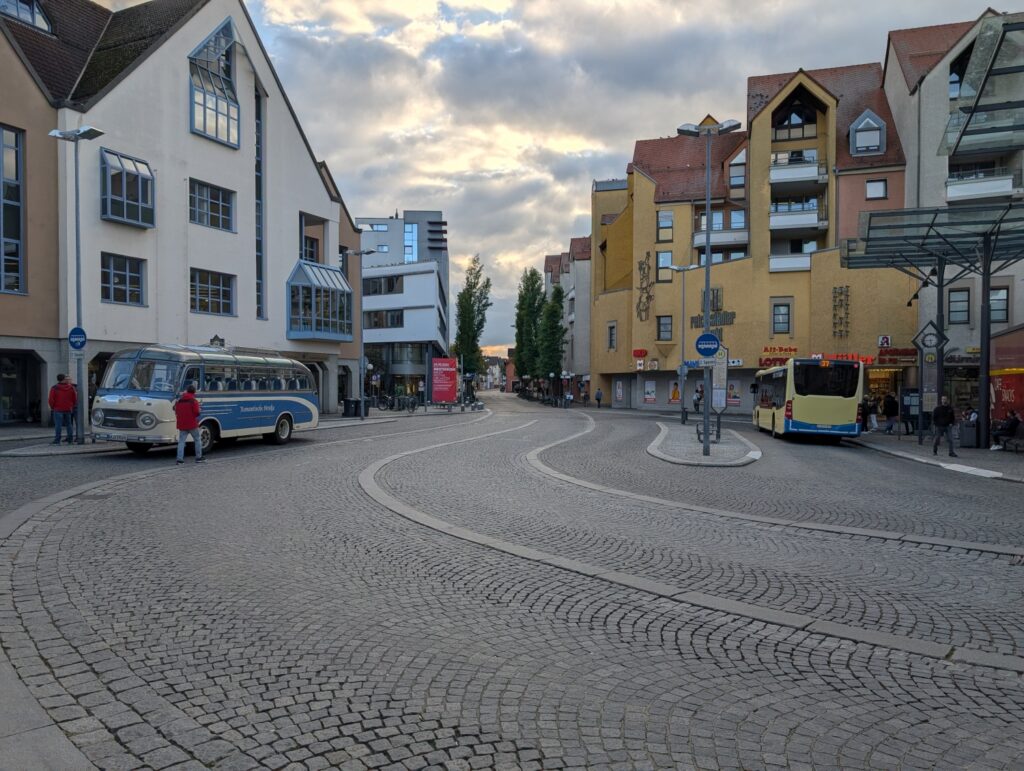You’ve read our review of the Google Pixel 9 Pro XL, or at least I hope you have, so now it’s the turn of the runt of the litter. Which isn’t saying much, as minus the camera config, you’re not actually giving much else by dropping the Pro XL suffixes. On the surface, then, you’re getting pretty much the same experience in a smaller package.
That being the case though, there’s a significant enough gulf between the camera performance that you may very well choose the Pro XL model over the base Google Pixel 9. With that, we ask the same question again – are the Pixel phones worthy flagship devices that we’ve been missing out on? Let’s find out.
Specifications
Looks & Functionality
As with the Pro XL, the standard Google Pixel 9 has a very recognisable look, with its very exaggerated camera island. Our review unit came in a pretty bright colour variant of the range – Peony – so it’s pretty eye-catching even without the camera island and the distinct G branding. The frame around is also comes with a complimentary pink hue, which is probably what jewellers would call rose gold.
![]()
Also worth mentioning that, while the base model is the smaller one within the Google Pixel 9 family, I’m more inclined to think of it as average-sized, what with its 6.3-inch screen form factor. It still does mean that it’s nice and comfortable to hold and use with one hand, and the curved edges of the frame, but not the screen or back, improves the comfort factor.
With the more average sized screen also comes a standard-ish Full HD+ resolution, or more specifically 2,424 x 1,080. Resolution aside, the screen on the Google Pixel 9 behaves mostly similarly to the Pro XL, producing sharp images and vivid colours. The under-display fingerprint sensor also works well enough, as do the speakers – you can put them at full blast and not get distortion most of the time. Enough to fill the silence, not so much to truly savour music.
Perhaps the most interesting difference in user experience when using the Google Pixel 9 though is the truly stock Android. While there are other brands that keep their own additions to the operating system to a minimum, it’s still a significant enough difference for there to be some confusion for first time users. One example of this is the combining of the WiFi and mobile data buttons from the pull down menu, which few – if any – other phone maker has adopted since the change was implemented in Android 12. Nothing that a short adjustment period won’t solve, but it’s still something worth mentioning.
Performance & Battery
In daily use the Google Pixel 9 gave me no real problems, though I did have a tiny complaint. Which is that when using the phone lying down – when it is prone to changing orientation – the phone can take quite awhile to switch back to the right one. This can take up to two full seconds, where the average device takes maybe half of one.
![]()
This one odd quirk aside, the Google Pixel 9 ran smoothly doing just about everything else. As it should, since it shares the same Tensor G4 chip as its Pro XL counterpart. That being said, the synthetic benchmarks reflects the figures that the larger variant got, and while I didn’t encounter trouble running Yu-Gi-Oh! Master Duel, it may be down to me not noticing it as the game is not exactly one that requires twitch reflexes.
Battery life though is probably where the Google Pixel 9 provides results that diverges from its larger sibling. Putting it through a video marathon sees the phone tapping out at about 19 hours, while using is as a daily driver with moderate video streaming sees it end a day at 33%. You can probably get an hour of gaming in there, but I wouldn’t try getting it to last more than a day.
![]()
The Google Pixel 9 has a charging rate of 27W which, by today’s standards, isn’t exactly speedy. With that in mind, I used an Apple 30W charging brick to power up the device, which went from empty to full in about 90 minutes.
Camera
Perhaps it would be a slight exaggeration these days to say that Pixel phones are famed for their ease of use, and is the phone of choice if you want the best one to just point and shoot. Once upon a time this may have been true, but the competition is sure making the Google Pixel 9 work to fit that description.
![]()
The two cameras that it has, it shares with the Pro models, with the telephoto shooter being the one that’s missing. Though this one camera, I would argue, is the biggest thing you’re giving up if you choose the base model Google Pixel 9 over the other two Pro variants. You get mostly the same performance when taking general shots, meaning good colour vibrancy and sharpness that doesn’t look artificial.
But in today’s age of optical zoom shooters, that’s the one that I find I’m missing the most. The UI does give you a shortcut for a 2x zoom, and depending on your standards the digital zoom can be acceptable up to 5x, but that’s about it.
Sample Images
Competition
Samsung Galaxy S24
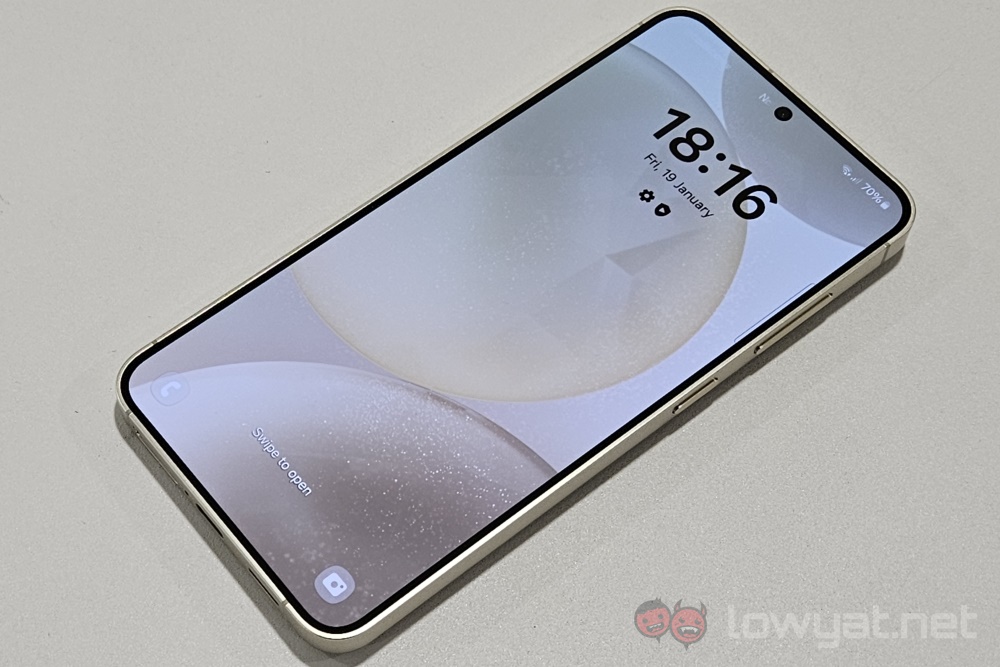
Within the Android space, the base model Samsung Galaxy S24 is probably the closest alternative to the Google Pixel 9. Each has two configurations, with a RM100 difference between them on the favour of the internet search giant. On the flip side, the phone by the South Korean tech giant does come with a third camera with optical zoom, even if the wide angle shooter has a lower pixel count.
For models available locally, the Google Pixel 9 also has more memory across the board, at 12GB as opposed to the S24’s 8GB. Though what the latter lacks in memory it makes up for storage, as its two options are 256GB and 512GB, as opposed to the Pixel’s 128GB and 256GB. The chipset here is the company’s own Exynos 2400, and while it fairs better than prior entries, neither it nor the Tensor G4 has the high peaks of the Snapdragon counterparts in terms of number crunching.
iPhone 16
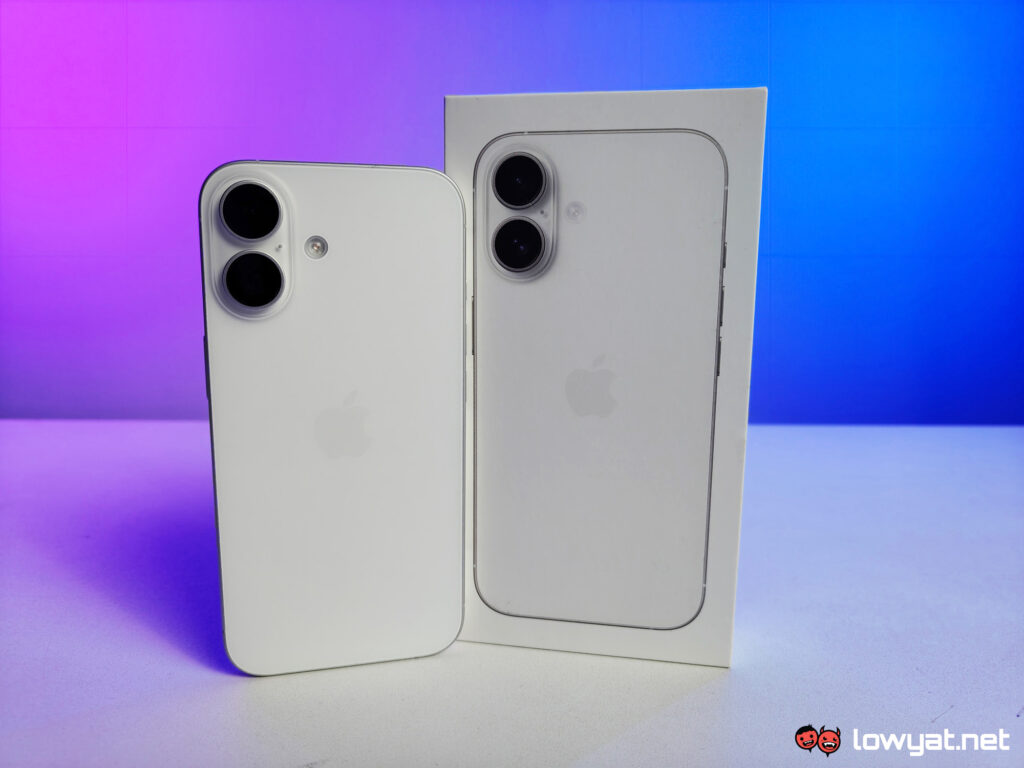
Of course, there’s the obligatory iOS counterpart to what is the most quintessentially Android phone. While the iPhone 16 got the new A18 rather than a hand-me-down chipset like its predecessors, most of what it offers would be familiar.
But if they’re not, it comes with a 6.1-inch 60Hz OLED screen, 8GB of RAM, a range from 128GB to 512GB of storage space, and a 3,561mAh battery. Its cameras at the back are a 48MP main + 12MP wide-angle combo, with another 12MP shooter in front.
Conclusion
The Google Pixel 9, then, is a phone that is positioned in the typical high-end flagship bracket of smartphones, without heading into the ultra-premium realm of foldables. Whether or not it competes well enough here though is really dependant on if you put a lot of stock in the purest possible Android experience.
![]()
On one hand, it is marginally more affordable than the competition. But the trade-off here is that you’re also giving up quite a bit of storage space, since the Google Pixel 9 starts with 128GB. And with the series being historically known for having very impressive smartphone cameras without needing manual settings, that’s not a lot of space to go crazy with the snaps.
And on that note, the competition has stepped up over time, and so the dominance of the Pixel line on this front has also become arguable. This is especially the case with the base model Google Pixel 9 and its lack of an optical zoom component. But if that’s something that you can live without, and really want to experience vanilla Android, then this is a phone worth considering.
Follow us on Instagram, Facebook, Twitter or Telegram for more updates and breaking news.


